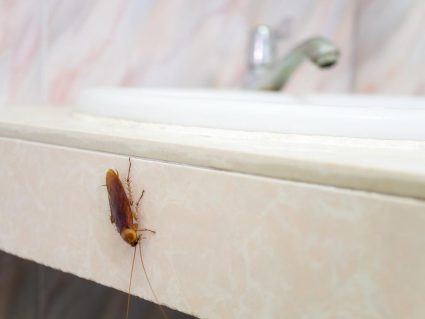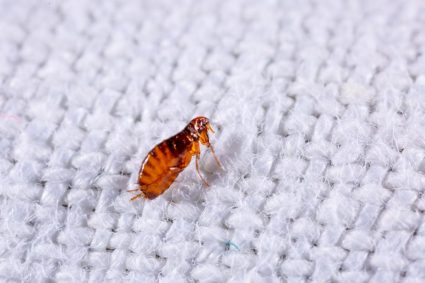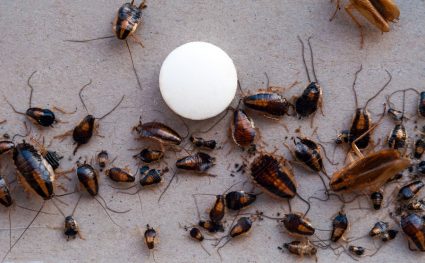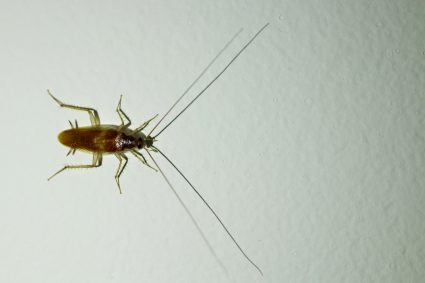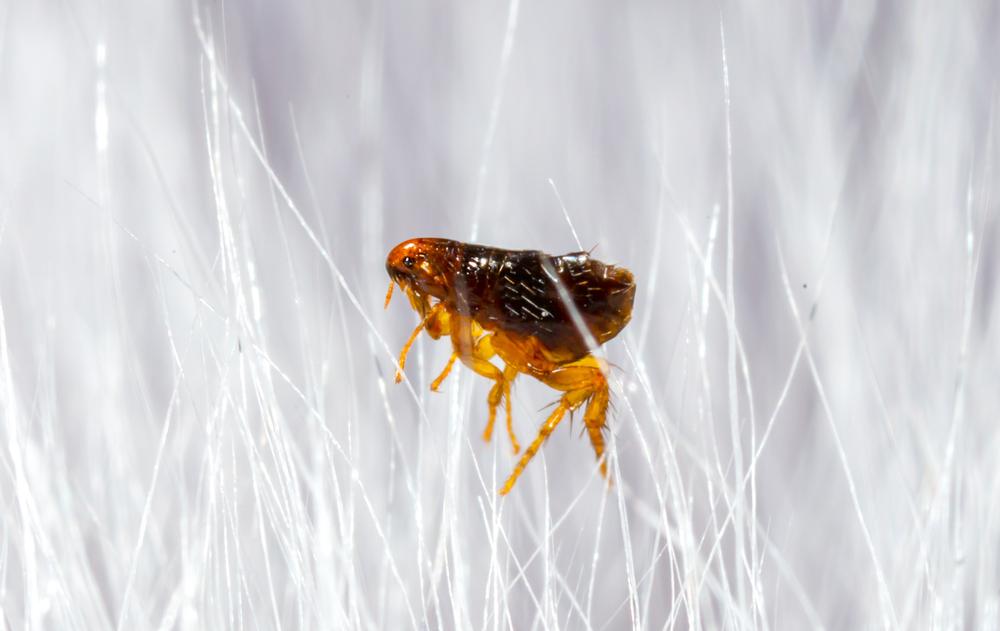
Fleas – these tiny, flightless parasites are a nuisance to pets and their owners alike. The discomfort they cause can range from mild irritation to severe allergic reactions and can even lead to the transmission of diseases. Understanding the signs of a flea infestation is the first step towards effective treatment and prevention. This comprehensive guide will walk you through the signs of fleas on both humans and pets, the impact of fleas on health, and measures to take if you suspect a flea infestation.
Signs of fleas in humans include small, discolored bumps with a halo around them, usually located around the feet or legs. In pets, signs include excessive scratching, biting, or licking, hair loss, red pimples or bumps, dry skin, scabs, and the presence of “flea dirt” which looks like tiny grains of sand or black pepper. Immediate action, such as treating pets with flea treatments, cleaning the home thoroughly, and consulting a professional pest control service, is necessary if a flea infestation is suspected.
Flea Infestation: The Signs to Look Out For
Signs of Fleas on Humans
Flea bites on humans often appear as small, discolored bumps with a ring or halo around them. They can be very itchy and are usually located around the feet, ankles, or legs. Flea bites may appear in a straight line or as a cluster of many bites. If you notice such symptoms, it’s a strong indication of the presence of fleas in your environment.
Signs of Fleas on Pets
Pets with fleas may scratch, bite, or lick themselves excessively. You may notice hair loss, red pimples, or bumps on your pet’s belly, groin, under the legs, or at the base of their tail. Dry skin and scabs due to excessive scratching are another sign. One definitive indication of fleas is “flea dirt,” which looks like tiny grains of sand or black pepper and will turn red when wet.
The Impact of Fleas on Health
Fleas can impact the health of both humans and pets in several ways. In pets, a flea infestation can lead to flea allergy dermatitis, an allergic reaction that causes intense itching, redness, and inflammation. Severe infestations can even lead to anemia due to blood loss.
Flea bites on humans can lead to similar allergic reactions, leading to intense itching and discomfort. Fleas can also transmit diseases such as plague, murine typhus, and cat-scratch disease.
Immediate Steps to Take If You Suspect a Flea Infestation
If you suspect a flea infestation, it’s essential to act immediately. Treat your pets with appropriate flea treatments, thoroughly clean your home, and consult a professional pest control service if necessary.
Preventing Future Flea Infestations
Prevention is always better than cure when dealing with fleas. Regularly clean and vacuum your home, maintain your yard, and keep your pets on a flea prevention regimen. Consult with your veterinarian to find the most effective and safe products for your pet and home.
Remember, early detection and intervention are crucial. By recognizing the signs of a flea infestation, you can act quickly to eliminate these pesky parasites, ensuring the comfort and health of both your human and furry family members.
Frequently Asked Questions
What are the different types of fleas that can infest homes and pets?
There are over 2,000 types of fleas worldwide. However, the most common types that infest homes and pets include the cat flea (Ctenocephalides felis), dog flea (Ctenocephalides canis), and human flea (Pulex irritans).
How long does a flea’s life cycle last?
A flea’s life cycle can last anywhere from a couple of weeks to several months, depending on the environmental conditions. It consists of four stages: egg, larva, pupa, and adult.
Can fleas survive in cold weather?
Fleas can survive in cold weather if they find a suitable host or warm environment. However, extreme cold can potentially kill flea eggs and larvae.
Do all pets react the same way to flea bites?
No, not all pets react the same way to flea bites. Some may show severe signs of discomfort, while others may show minimal to no symptoms. This is why regular checks for fleas are crucial, even if your pet doesn’t seem bothered.
Can I use the same flea treatment for all my pets?
No, it is not advisable to use the same flea treatment for all your pets without consulting a veterinarian. Some treatments suitable for dogs can be toxic to cats and vice versa. Always consult with a vet before starting any flea treatment regimen.

